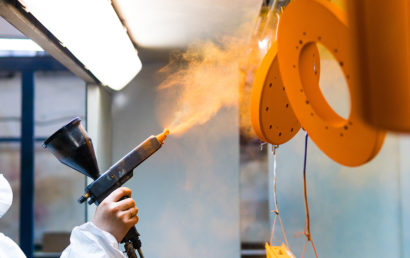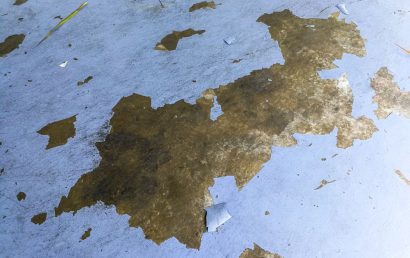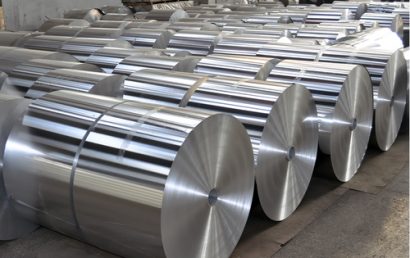Thermal Spray Vs. Cold Spray Technologies
We are going to list a few industries, and have you guess what they all have in common. Here they are:
- Mining
- Gas
- Oil
- Shipping
- Aerospace
Can you guess? They all use components that are exceedingly expensive. Those expensive components cost companies even more money due to downtime when they require replacement or repair.
What Is Thermal Spray?
Traditionally, thermal spray processes come to the rescue for these industries. This method can include arc spraying and flame spraying. Since the early 1900s, these modalities have been created to enhance and repair original equipment.
Another method of equipment repair – plasma spraying – arrived in the 1970s, approximately 50 years later than flame spraying and arc spraying.
In the thermal spray process, a surface is sprayed with materials in the form of semi-molten or molten droplets. Through either chemical or electrical means, the materials used are heated. Polymers, ceramics, and metals are typically utilized materials.
Rather than being fused or metallurgical in nature, a thermal spray bond is mechanical. Most critical is the substrate surface’s condition. Before spraying, it must be cleaned and roughened.
Types of Thermal Spray
The following are thermal spray application types:
- High velocity oxy fuel spraying (HVOF)
- Flame spraying
- Arc spraying
- Plasma spraying
What Is Cold Spray?
A much more recent development, coal spray processes have gained in popularity. At the forefront of this emerging technology is constantly newer and more improved high-pressure, portable, cold spray equipment.
The coating deposition process referred to as cold spray uses powdered material. At supersonic speeds, the material is accelerated and deposited onto a dissimilar or similar material surface. Using an electronically heated, high pressure carrier gas, these powders reach high velocity. The gas can be helium, nitrogen, or something similar.
To get to these supersonic speeds, the powders and gas go through a nozzle. The nozzle converts the flow’s heat energy to kinetic energy, thanks to its hourglass shape (which is internally asymmetric).
As the material surface is impacted by the high-speed particles, the target surface and particles form a strong bond.
Types Of Cold Spray
Cold spray can be broken down into two types:
- LPCS (low pressure cold spray)
- HPCS (high pressure cold spray)
But between thermal spray and cold spray, which would better apply to your next project? Let’s look at why each of these methods is used to help you determine which is best for your purposes.
Why Is Thermal Spray Used?
Thermal spray offers the advantage of being able to apply coatings at high deposition rates. Rather than chrome plating, anodizing, weld overlay, heat treat processes, nitride, and as an alternative to nickel, thermal spray can be used.
Rather than replacing an expensive part, to repair it, thermal spray can sometimes be utilized. The sensitivity of the component and the type of materials involved will help determine whether or not this is applicable.
With certain limitations, the life of a component can be extended thanks to the wear resistant coating properties of thermal spray. At higher temperatures, however, cold spray may be preferable.
Why Is Cold Spray Used
This type of technology is referred to as “green”. That’s because there are no toxic fumes, and in the process, there is no melting or chemical heating. What’s more, companies can recycle the waste materials. Additionally, CO2 emissions are reduced when you save energy by repairing parts instead of replacing them with newly manufactured ones.
Further favorable characteristics include the elimination of a heat affected zone, minimal substrate area masking, and no combustion product entrapment, alloy decomposition, or oxidation.
Last, but not least, is the cost-effectiveness of cold spray.
At A&A Coatings, we can help with the sometimes-difficult decision as to what protective spray application method is best for you, your company, and your components. Contact us today to speak to one of our knowledgeable representatives.



